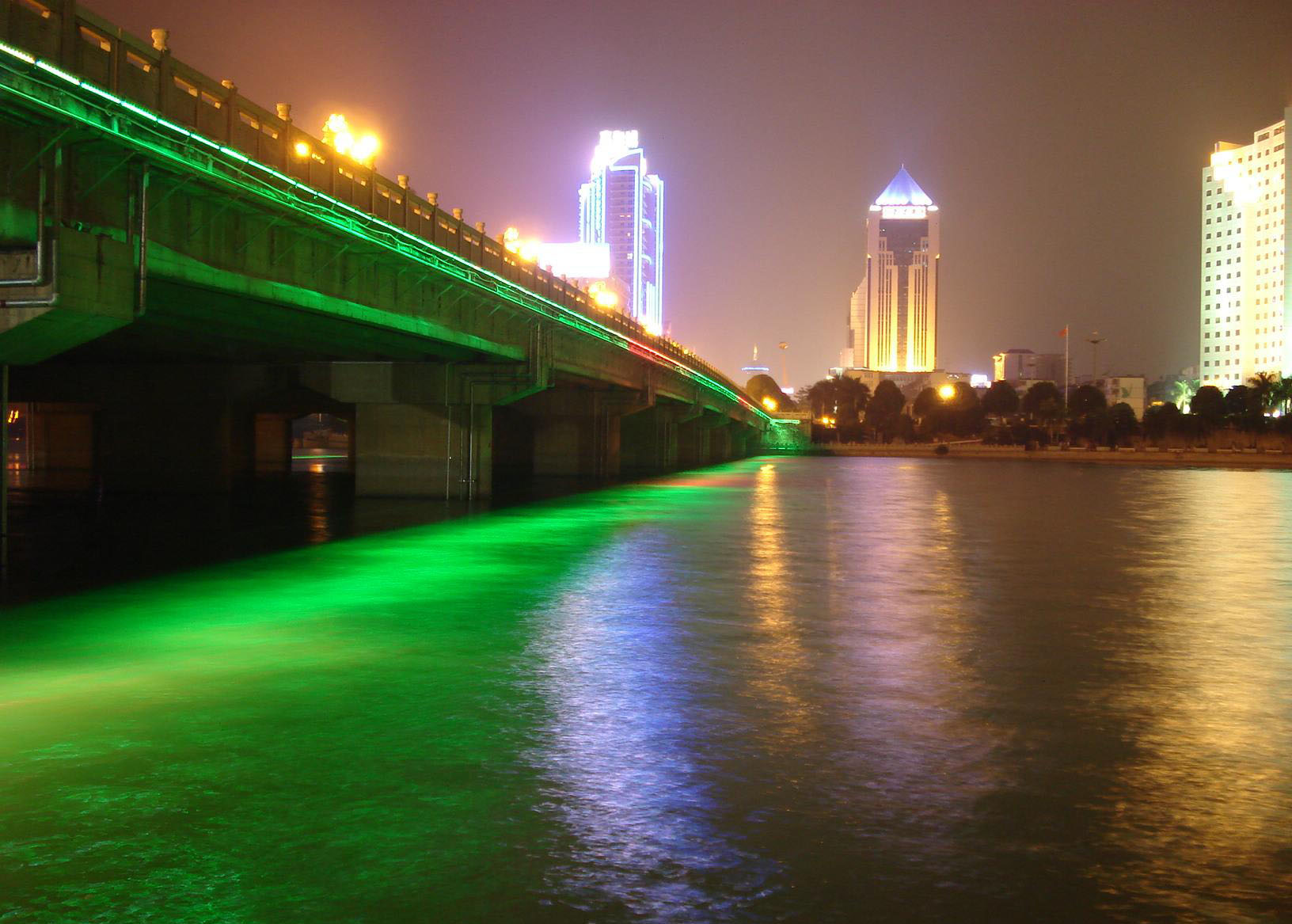
What is "LED" Light ? A light-emitting diode (LED) is a semiconductor chip that emits
light when conducting current. LED's are very versatile due to their ability to
emit nearly all spectrums of light. This has led to their nearly universal adoption as a light source for a wide range of applications from: status
indicator lights, to traffic signals, to today's advanced direct replacement
LED light sources.
10 major benefits Why we Choose “LED” Light?
1.
Long lifetime: LED
has a longer lifetime compared to conventional light sources. LED will last 50,000 hours. No need to replace them frequently. LED has low degradation compared to conventional light sources. LED’s first 1000 hours of light loss will be under 2%!
2.
Durable: Unlike bulbs or florescent, LED won’t be affected by collisions and vibrations. Also, LED’s emission of light will not wavered like the others. This could certainly help in the automotive and marine world.
3.
Athermancy and No UV: LED
produces less heat than conventional lights. LED operates at less than 80C. No more burning of fingers! Also, LED produces no UV which makes it great
for lighting precious artifacts or paintings.
4.
Decorative: It
has a wide range of color choices. It doesn’t need color lenses to change
colors. It saves lots of energy and cuts down tremendously on material cost. It is
perfect for decorative purpose.
5.
Ultra Low Power: Save
up to 80% power usage by replacing a conventional light source with LED
lamp. Efficiency: LED uses much less power compared to incandescent light bulb
(normally 80% less). Input: 100V–240V, Output: DC12V–DC24V.
6.
Solid State Technology: LED is actually a semiconductor. Unlike the other light sources, LED can easily
be produced and its functions can be controlled with a processor to achieve unique lighting
effects.
7.
Instantly Lighting up: LED
switches on to full brightness hundred times faster than conventional light
sources. It makes them more noticeable when used for directional or tail-lighting. Most
luxury car manufacturers have realized that LED lamp is more noticeable and stylish. LED
blinks more solidly and can be brighter if used properly. Many law regulations
enforce ambulances and fire trucks to change their lights to LED technology for the same reason.
8.
Less Wiring: Lower
operational voltage & amperage reduces line voltage drop. This means LED has less wiring cost and brighter lights.
9.
Resilient: LED
is naturally water proof, by itself.
10.
Good for the environment: It
doesn’t contain mercury and other possible pollutants which is good for our
environment. History:
- 1907 - H.J. Round discovered electroluminescence when using
silicon carbide and a cats whisker. Oleg Losev independently discovered the
phenomena the same year 
- 1920s - Oleg V. Losev studied the phenomena of light emitting
diodes in radio sets. His first work on 'LEDs' involved a report on light
emission from SiC. In 1927 he published a detailed report but his work was not
well known until the 1950s when his papers resurfaced 
- Bob
Biard and Gary Pittman developed
the Infrared LED at Texas instruments. This was the first modern LED. It was discovered by 'accident' while TI tried to make a laser diode. The discovery
was made during a test of a tunnel diode using a zinc diffused area of a GaAs
(Gallium Arsenide) semi-insulating substrate 
- 1961 - Gary Pittman worked together with Robert Biard. He had
started working in 1958 with semiconductor GaAs for creation of early solar cells.
This lead him into the group working on tunnel diodes (lasers). A failed
attempt to make a laser lead to the infrared LED

- 1962 - Nick Holonyack Jr. develops the red LED, the first LED of
visible light. He used GaAsP (Gallium Arsenide Phosphide) on a GaAs substrate.
General Electric 
- 1972 - M. George Craford creates the first yellow LED at
Monsanto using GaAsP. He also develops a brighter red LED 
- 1979 - Shuji Nakamura develops the world's first blue LED using
GaN (Gallium nitride). It wouldn't be until the 1990s that the blue LED would
become low cost for commercial production 
- 1976 - Thomas
P. Pearsall develops special high brightness LEDs for fiber optic use. This
improves communications technology worldwide
What is LED Light:
•
LED
= Light Emitting Diode
•
The
LED is a semiconductor device made from a combination of chemically polarized
semiconductors
•
Semiconductor
device emits light by releasing energy in the form of photons   
How it works:
- Like a normal diode,the LED consists
of achip of semiconducting Material impregnated, or doped, with impurities to
create a p-n junction.
- LED
chips are made of silicone (like computer chips), and then mounted in a
“package” that has electrical leads and sometimes heat sinking.
LED Light
System: 
Environmentally
friend: Contains no mercury.
No filament failures, no cathode
failures, no glass to break.
Energy
efficient 



|